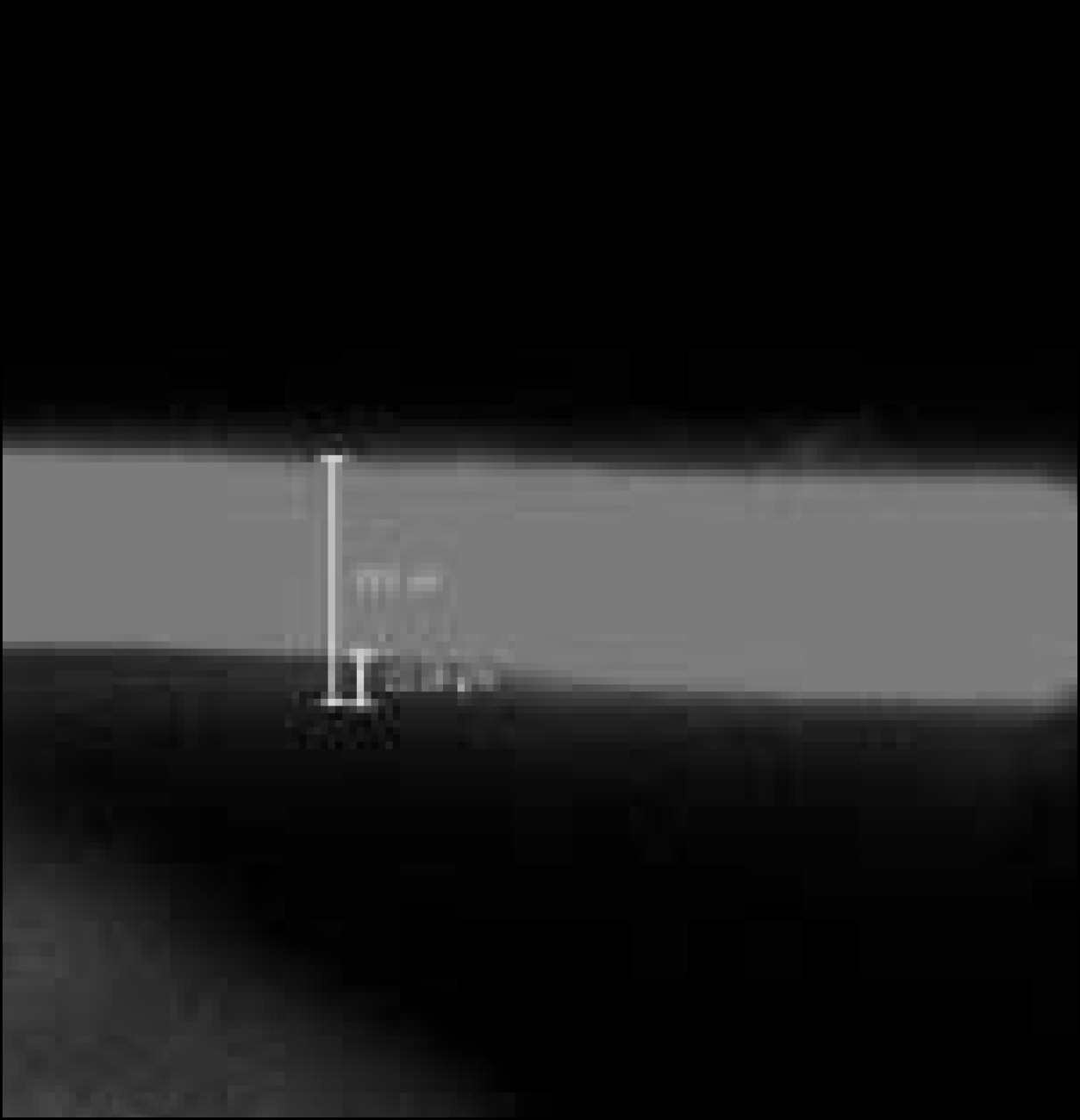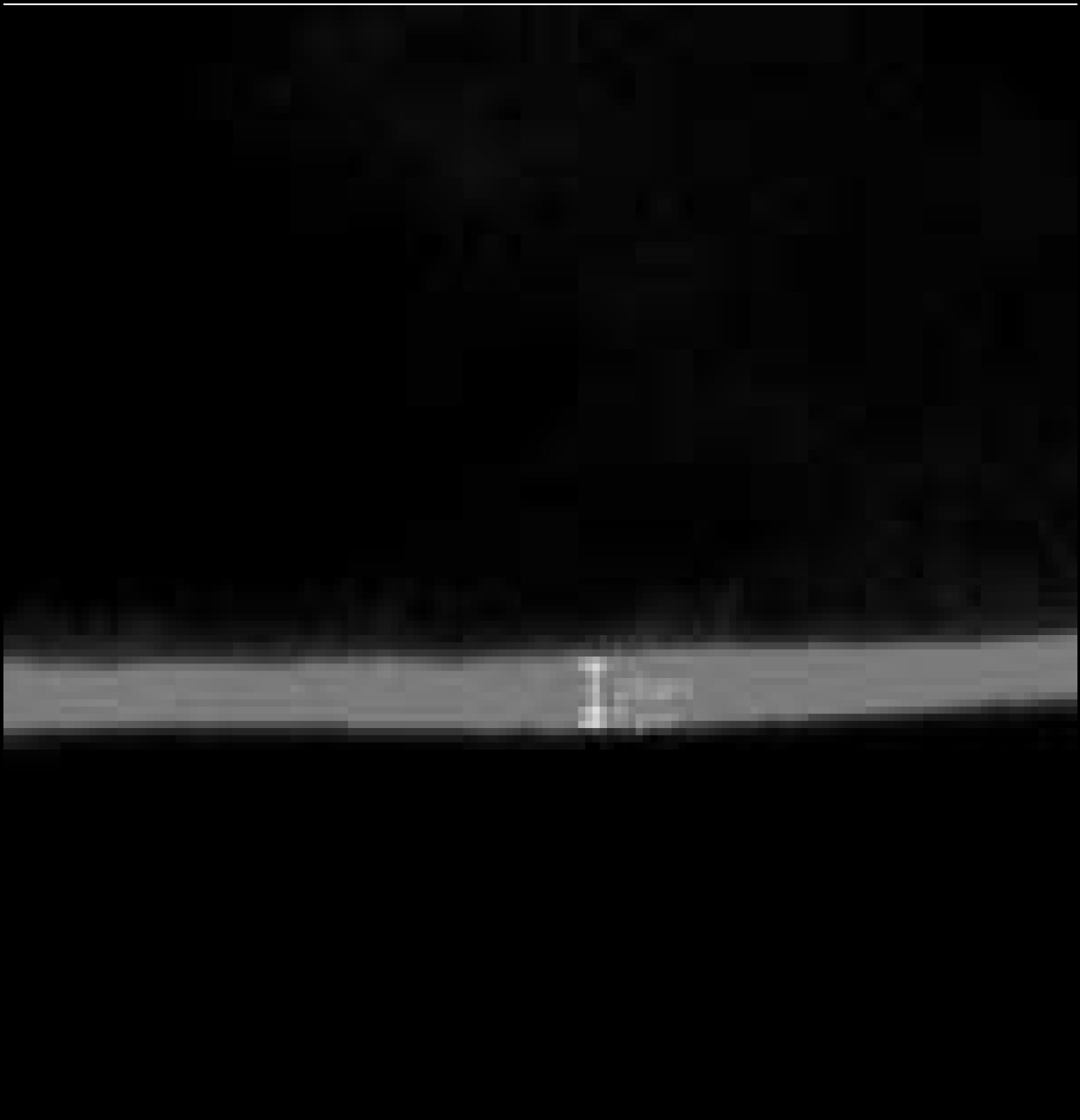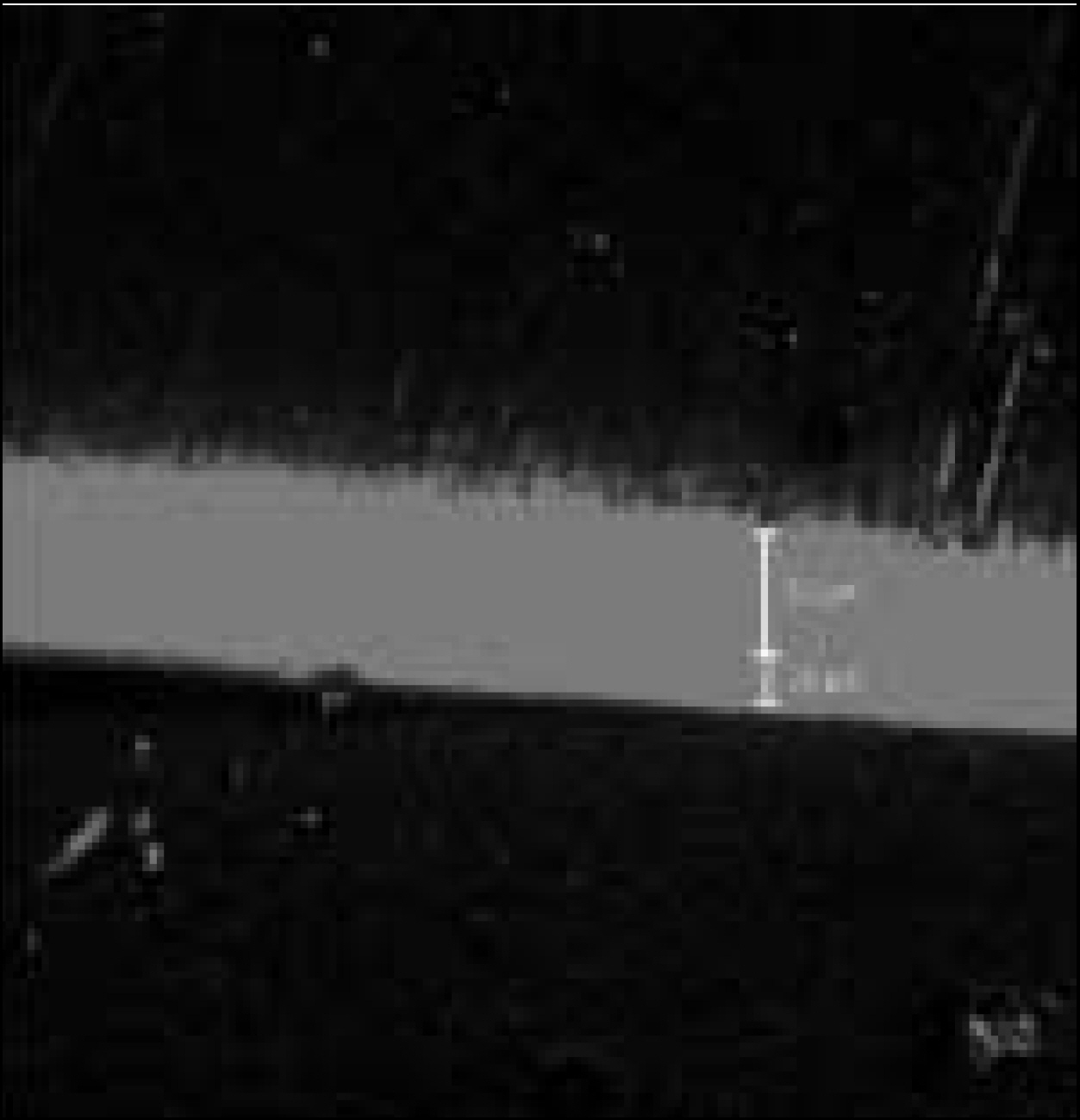Articles
- Page Path
- HOME > Restor Dent Endod > Volume 29(5); 2004 > Article
- Original Article THE EFFECT OF MULTIPLE APPLICATION ON MICROTENSILE BOND STRENGTH OF ALL-IN-ONE DENTIN ADHESIVE SYSTEMS
- Sung-Ae Son,*, Bock Hur
-
J Korean Acad Conserv Dent 2004;29(5):-429.
DOI: https://doi.org/10.5395/JKACD.2004.29.5.423
Published online: January 14, 2004
Department of Conservative Dentistry, College of Dentistry, Pusan National University
- *Corresponding author: Sung-Ae Son, Department of Conservative Dentistry, College of Dentistry, Pusan National University 1-10 Ami-dong, Seo-gu, Pusan, Korea, 602-739, Tel : 82-51-240-7454, E-mail: song-ae@hanmail.net
Copyright © 2004 The Korean Academy of Conservative Dentistry
This is an Open Access article distributed under the terms of the Creative Commons Attribution Non-Commercial License (http://creativecommons.org/licenses/by-nc/3.0) which permits unrestricted non-commercial use, distribution, and reproduction in any medium, provided the original work is properly cited.
- 832 Views
- 0 Download
- 1 Crossref
Tables & Figures
REFERENCES
Citations
Citations to this article as recorded by 

- Influence of application methods of one-step self-etching adhesives on microtensile bond strength
Chul-Kyu Choi, Sung-Ae Son, Jin-Hee Ha, Bock Hur, Hyeon-Cheol Kim, Yong-Hun Kwon, Jeong-Kil Park
Journal of Korean Academy of Conservative Dentistry.2011; 36(3): 203. CrossRef
THE EFFECT OF MULTIPLE APPLICATION ON MICROTENSILE BOND STRENGTH OF ALL-IN-ONE DENTIN ADHESIVE SYSTEMS



Figure 1. Confocal micrograph of specimen prepared with Scotchbond Multi-Purpose. The adhesive layer appeared by red color, is continuous across the interface.
Figure 2. Confocal micrograph of specimen prepared with two application of Adper Prompt L-Pop. The adhesive layer is appeared by red color.
Figure 3. Confocal micrograph of specimen prepared with three application of Adper Prompt L-Pop. It provides a more thick adheisve interface than 2coats of Adper Prompt L-Pop.
Figure 1.
Figure 2.
Figure 3.
THE EFFECT OF MULTIPLE APPLICATION ON MICROTENSILE BOND STRENGTH OF ALL-IN-ONE DENTIN ADHESIVE SYSTEMS
| Dentin bonding agent | Composition |
|---|---|
| Scotchbond Multi-Purpose | Conditioner - 35% phosphoric acid |
| Primer - HEMA, polyalkenoic acid, co-polymer, water | |
| Adhesive resin - Bis-GMA, HEMA | |
| Adper Prompt L-Pop (composite and compomer version) | Liquid 1 (red blister) |
| Methacrylated phosphoric esters | |
| Bis-GMA | |
| Initiators based on camphorquinone, Stabilizers | |
| Liquid 2 (yellow blister) | |
| Water, 2-HEMA Polyalkenoic acid, Stabilizer | |
| Treatment group | Application protocol |
|---|---|
| Scotchbond Multi-Purpose (SM) | acid etching : 15sec |
| washing : 15sec ; dry | |
| primer application and gently air dry | |
| adhesive (rhodamine B labeled) and light curing : 20sec | |
| Adper Prompt L-Pop 2 coats (2 coats) | apply scrubbing continuously for 15sec (rhodamine B labeled) |
| gently air dry ; light curing for 10sec | |
| apply consecutive coats without waiting between application | |
| (rhodamine B labeled) | |
| gently air dry ; light curing for 10sec | |
| Adper Prompt L-Pop 3 coats (3 coats) | apply second coat |
| apply consecutive coats without waiting between application | |
| (rhodamine B labeled) | |
| gently air dry ; light curing for 10sec | |
| Groups | TAL (㎛) | MTBS (MPa) |
|---|---|---|
| SM | (n = 51) 62.35 ± 14.71 | (n = 30) 20.09 ± 5.19 |
| 2 coat | (n = 36) 19.72 ± 5.97 | (n = 30) 15.07 ± 4.01 |
| 3 coat | (n = 36) 76.25 ± 19.47 | (n = 30) 19.26 ± 6.36 |
Table 1. Dentin bonding system used in this study
Table 2. Adhesive system tested in the study and application protocol
Table 3. Thickness of adhesive layer (TAL) and micro-tensile bond strength (MTBS) (Mean ± SD)

 KACD
KACD



 ePub Link
ePub Link Cite
Cite

